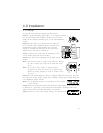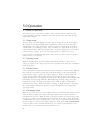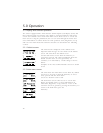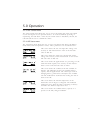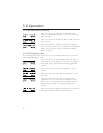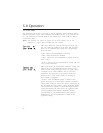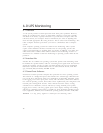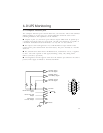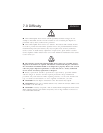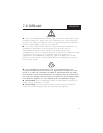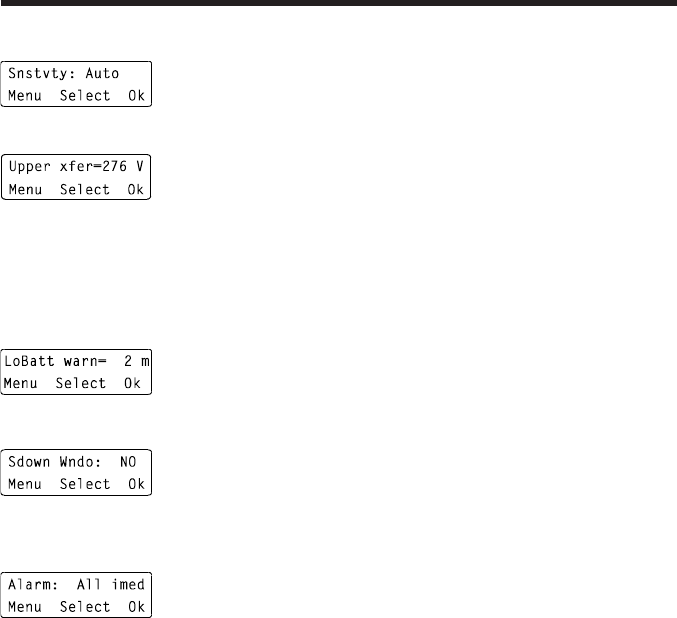
35
5.0 Operation
5.2.6 UPS Setup (continued)
HighUPS remains sensitive to aberrant line voltages.
Load voltage regulation stays within the narrow band.
Low or MediumUPS is less sensitive to aberrant
voltages. Voltage regulation is relaxed.
The voltage at which the UPS transfers to on-battery
operation is adjustable for conditions where high mains
voltage persists and it is known that the loads can
withstand the elevated voltage.
When configured for 208V service, the transfer voltage
choices are 240V, 244V, 248V and 252V.
When configured for 240V service, the transfer voltage
choices are 276V, 264V, 253V, 282V.
The minimum interval between activation of the UPSs
low-battery alarm warnings and UPS shutdown is user
configurable.
The choices are 2, 5, 7 and 10 minutes.
The UPS may be set to shut down before usable battery
capacity is spent. This conserves battery capacity in the
event of successive outages.
The choices for the amount of on-battery run time to be
conserved are NO (none) and 2, 5, and 8 minutes.
For applications where the UPS is used as a remote power
source or where the UPS frequently transfers to on-battery
operation because of poor service quality, the function of
the audible alarm may be altered so that it will not
become an annoyance.
All imedA sequence of four beeps is sounded
immediately upon transfer to on-battery operation. The
UPS sounds the beep sequence every 30 seconds while
operating on-battery. When low battery conditions are
reached, the alarm changes to a beep once every second.



